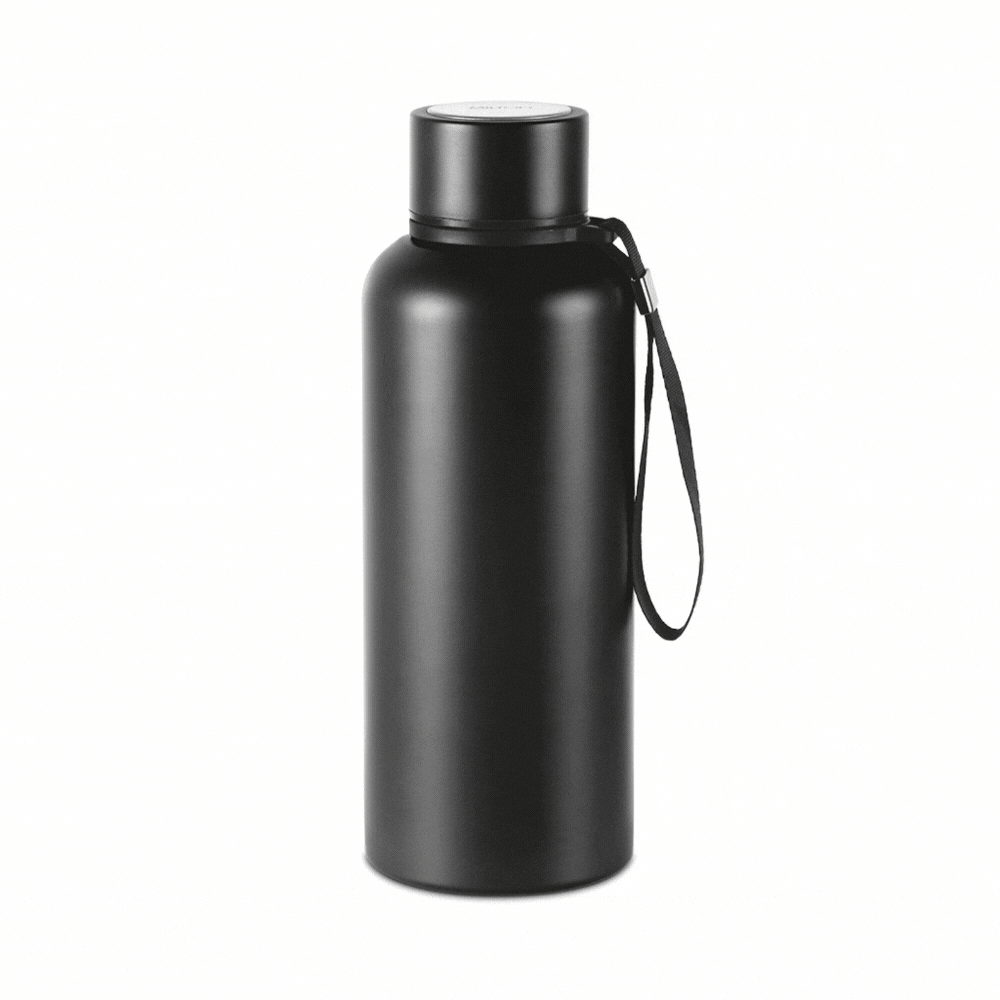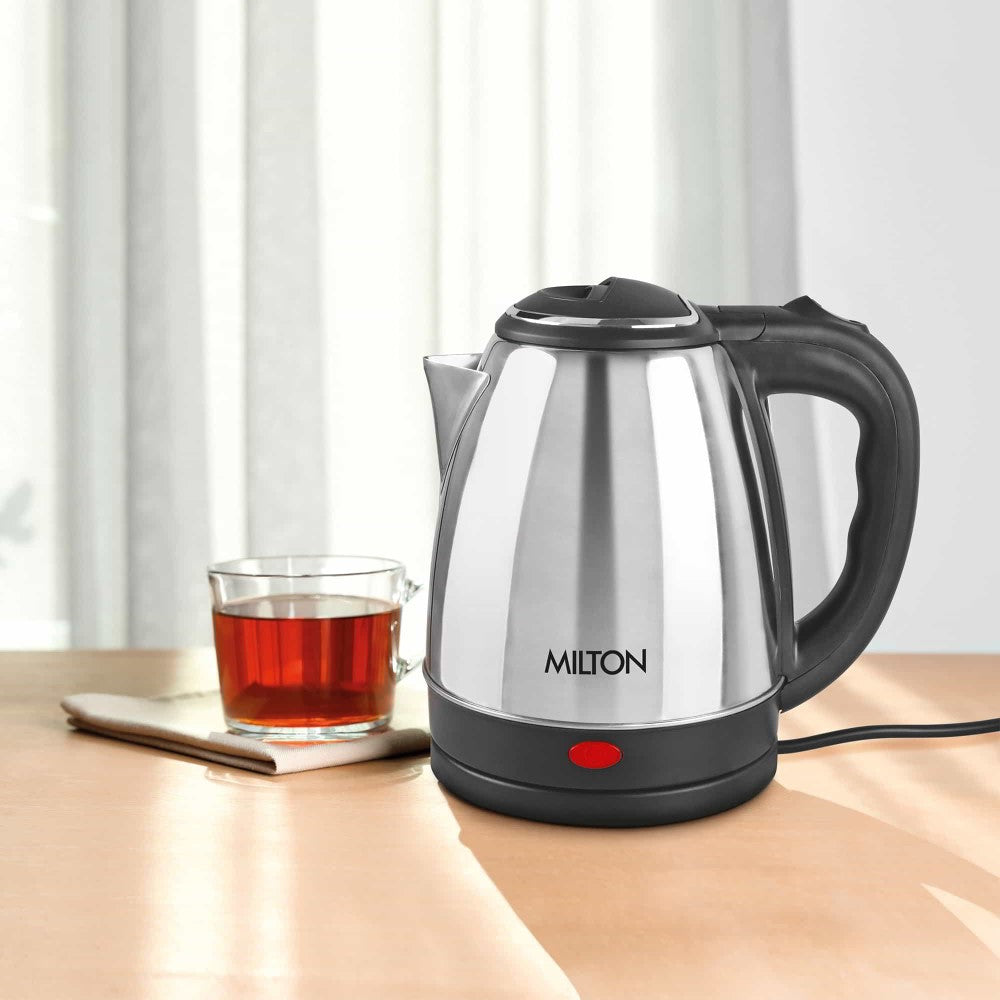Picture a peaceful sunrise hike, with dew glistening on the greenery and a sparkling glass bottle reflecting the early light, brimming with pure, refreshing water. The unparalleled purity of glass water vessels provides a pristine taste and serves as a sustainable alternative to plastic.
Yet, preserving this purity and guaranteeing each sip remains refreshing demands meticulous cleaning. Dive into this article to find out how to clean a glass water bottle and meet your hydration needs without hassle.
How often should I wash my water bottle?
The frequency of cleaning the glass water container varies depending on how regularly you use it. If it is used daily, a suggestion is that it be washed thoroughly each night to prevent the growth of germs and bad smells. It might become a bacterial breeding ground if left unattended for a long time since microorganisms thrive well under wet conditions.
Do you refill the glass water bottle multiple times a day? If so, a quick rinse with hot water between refills is a beneficial practice to adopt. Regular cleaning maintains the cleanliness of the container. It also prolongs its longevity, ensuring you can enjoy fresh water for an extended period.
In addition to daily scrubbing, it is suggested that a deep clean be performed once a week. This helps eliminate any hidden germs and preserves the bottle's pristine condition.
3 Easy Ways to clean water bottle properly
If you are wondering how to wash glass water bottles, you can consider these three easy methods:
Cleaning the water bottle in Dishwasher
If you value convenience, the dishwasher is your best friend for keeping your glass water bottle spotless. Here's how to do it correctly:
Step 1: Remove the lid and any other removable parts. This ensures a thorough cleaning and prevents residue buildup in tricky spots.
Step 2: Place in the dishwasher. Secure the bottle and its parts to prevent them from shifting during the wash cycle. Use a dishwasher-safe rack to keep the bottle standing upright.
Step 3: Opt for a gentle cycle meant for glassware to avoid potential damage. Harsh cycles and high temperatures could weaken the glass or seals over time.
Step 4: Check the bottle for any remaining soap or watermarks after the cycle finishes. Let it air dry completely, or use a dry towel. Ensuring the bottle is entirely dry before putting it back together prevents mould and mildew growth.
Cleaning the water bottle with a long brush
Using a lengthy brush for manual cleaning provides a comprehensive method. It is ideal for eliminating stubborn deposits and guaranteeing a thorough cleanse.
Step 1: Begin by collecting your supplies. A bristle bottle brush with an extended grip, warm water, and tender dishwashing fluid will do the trick. Opt for a brush sporting soft bristles to refrain from scratching the glass.
Step 2: Next, make the cleansing mixture by filling your sink or a sizable bowl with warm water and a few droplets of dishwashing fluid. The warm water aids in releasing dirt, rendering it simpler to scrub.
Step 3: Now, initiate cleansing the bottle. Place the brush inside the bottle and scour cautiously, paying unique attention to the underside and walls where dirt often accumulates. Employ circular motions to clean every part of the within.
Step 4: Once you've scrubbed, rinse the bottle with streaming water until all the cleaning fluid is gone. Cleaning fluid left behind can influence the taste of the water, so rinse well. Let the bottle dry by itself, or use a clean towel.
Utilising a long brush is especially effective for individuals who prefer a hands-on cleaning method, ensuring that every crevice is immaculate. This approach also allows for immediate cleaning, preventing any prolonged accumulation of residues.
Cleaning with Double Boiler Method
The dual boiler technique is an exceptional way to sanitise your glass water container, particularly if it has potentially unsafe bacteria.
Step 1: Initially, gather your supplies. You need 2 pots between which the smaller one should fit inside the larger one. This approach utilises steam to purify and sterilise the container.
Step 2: Next, set up the dual boiler by filling the larger pot with water and positioning the smaller pot inside, making sure it doesn't come into contact with the water. This configuration prevents direct exposure to boiling water by using steam instead.
Step 3: Heat the water by bringing it to a mild boil, allowing the steam to sanitise and purify the container located in the smaller pot. Verify that the container's opening is exposed to the steam for efficient sterilisation.
Step 4: Lastly, cool and dry the container by taking it out with tongs after 10-15 minutes and letting it cool before wiping it dry with a fresh towel. Exercise caution when dealing with the hot container to prevent burns.
Conclusion
Maintaining the purity of your glass bottle is crucial for more than just looks; it protects health and extends usability. Treat your bottle with care through consistent cleaning and reap the rewards.


















